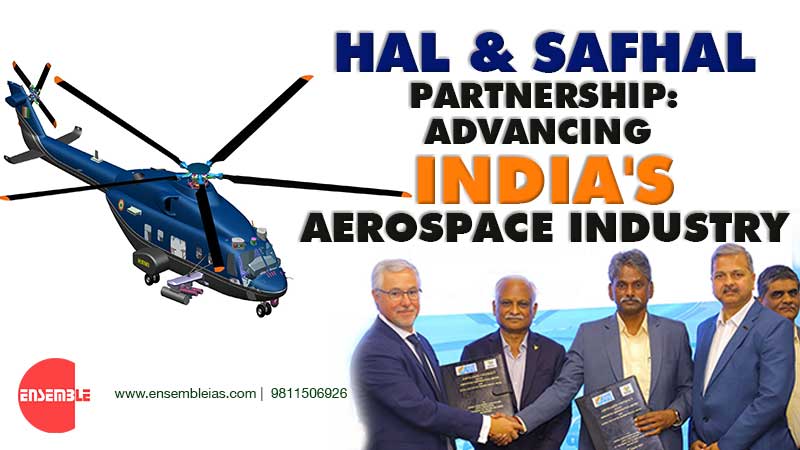HAL and SAFHAL Collaboration for the Development of the Aravalli Engine
Learn how the partnership between HAL and SAFHAL is driving innovation in India’s aerospace industry through the development of the Aravalli engine for the IMRH and DBMRH projects.
India has submitted a bid for the Philippines’ tender to acquire 40 fighter jets, offering its Light Combat Aircraft (LCA)-Tejas Mk1A. The deal is estimated to be worth between INR 440 and 600 billion.
India is now a rising power in the Asia-Pacific region. It has submitted a bid for the Philippines’ tender to acquire 40 fighter jets, offering its Light Combat Aircraft (LCA)-Tejas Mk1A.
The deal, which is estimated to be worth between INR 440 to 600 billion, would be a significant boost to India’s defence industry. This export would be a significant milestone for India’s defence industry, establishing it as a major player in the global arms market.
For the Philippines, the acquisition of the Tejas fighter jets would significantly enhance its air combat capabilities. The Tejas is a proven performer, having successfully undergone rigorous testing and evaluation by the Indian Air Force. It is also a cost-effective option compared to other fighter jets on the market.
The Philippines’ tender for 40 fighter jets has attracted bids from several other countries, including the United States, Russia, and South Korea. However, India’s Tejas fighter jet is seen as a strong contender due to its advanced features, competitive price, and India’s close relationship with the Philippines.
The outcome of the tender is expected to be announced in the coming months. If India is successful in securing the deal, it would be a major milestone for the country’s defence industry and would further strengthen the strategic partnership between India and the Philippines.
The Tejas, developed by India’s Aeronautical Development Agency, is a single-engine, multi-role fighter aircraft designed to meet the requirements of the Indian Air Force.
The LCA-Tejas Mk1A is an upgraded version of the Tejas Mk1, featuring advanced avionics, a more powerful engine, and enhanced combat capabilities. It is equipped with state-of-the-art radar, electronic warfare systems, and precision-guided munitions. The aircraft is also highly manoeuvrable and agile, making it ideal for both air-to-air and air-to-ground operations.
India’s Hindustan Aeronautics Limited (HAL) is now a leading aerospace and defense company. SAFHAL Helicopter Engines Pvt. Ltd. (SAFHAL), is a joint venture between HAL and Safran Helicopter Engines of France. They have entered into a significant partnership through an airframer contract. This collaboration could revolutionise the Indian helicopter industry by jointly designing, developing, manufacturing, supplying, and supporting a new generation high-power engine named ‘Aravalli.’
The ‘Aravalli’ engine represents a significant advancement in indigenous engine technology and will power two of HAL’s most ambitious helicopter projects: the 13-ton Medium Lift class, the Indian Multi-Role Helicopter (IMRH), and the Deck-Based MultiRole Helicopter (DBMRH).
The IMRH is envisioned as a versatile platform capable of performing various missions, including troop transport, cargo delivery, medical evacuation, and combat search and rescue. It is designed to meet the specific requirements of the Indian Armed Forces and will significantly enhance their operational capabilities.
The DBMRH, on the other hand, is a specialised helicopter designed to operate from naval ships, providing critical support for maritime operations. It will be equipped with advanced sensors and weapons systems, making it a potent force multiplier for the Indian Navy.
The Aravalli engine is at the heart of both these helicopters, providing the necessary power and reliability for demanding missions. It is a new-generation engine that incorporates state-of-the-art technologies, such as advanced materials, innovative design concepts, and cutting-edge manufacturing processes.
The collaboration between HAL and SAFHAL leverages the strengths of both organizations. HAL brings its expertise in helicopter design, development, and manufacturing, while SAFHAL contributes its advanced engine technology and global experience. This partnership ensures that the Aravalli engine meets the stringent requirements of the IMRH and DBMRH projects.
The development of the Aravalli engine and the subsequent integration into the IMRH and DBMRH helicopters represent a significant milestone for India’s aerospace industry.
Also Read: From US to EU, Asean to Pacific, Challenges and Opportunities for Quad
Also Read: HAL and SAFHA




